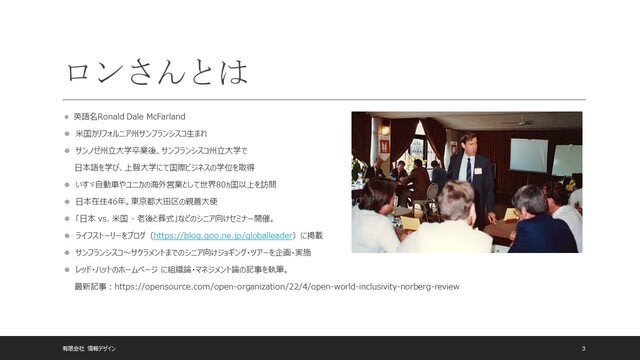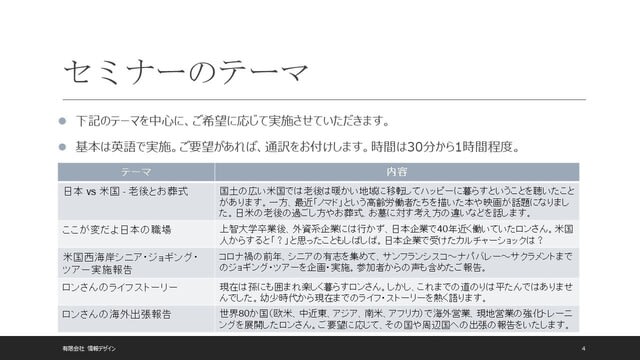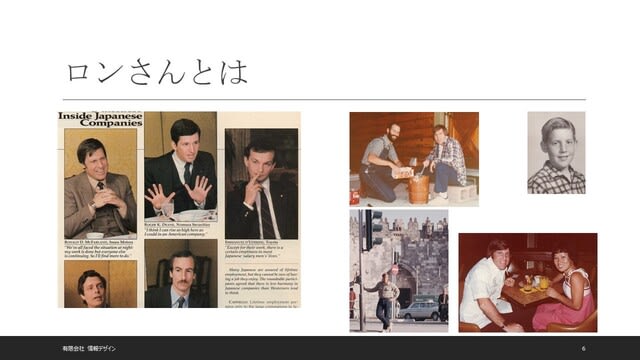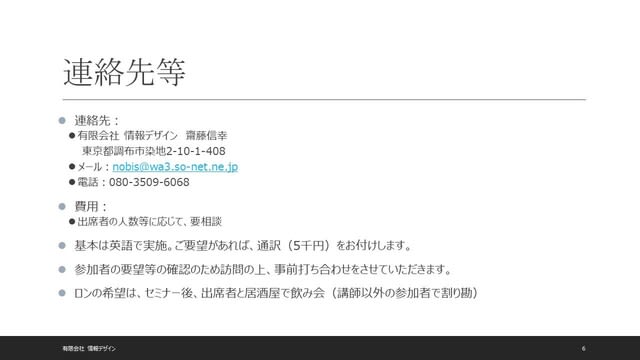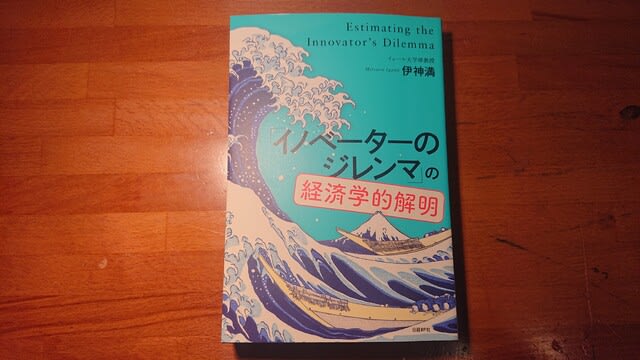Ron-san、国際ビジネスで成功すべく上智大学の大学院に進学。
As the subjects in graduate school became more interesting and demanding on my time, after the first year I decided to reverse the process. I changed from a working visa to a student visa. In order to do that, I had to leave the country and process the visa outside Japan. So, I spend two weeks in the Philippines with several of the other students I studied with. We traveled from Baguio City in the north on Luzon Island to Cebu Island in the center of the Philippines all by bus or jeepney, which was a form of taxi in the Philippines.
At that time, my Japanese was good enough so I could go out and generate my own English classes to support myself. Although I only stuck to the business community, my heart was not into teaching English. I always found myself teaching more business in English to businessmen than just English itself. Also, I learned a great deal about how business was run in the respective companies I taught at. I even wrote several papers for graduate school based on what I learned teaching English. So, teaching English achieved several goals.
Much like my undergraduate studies, about 10% of the material learned was helpful throughout my professional career, but that 10% paid for itself hundreds of times over. My studies evolved around the rapidly developing economies in Asia, foreign exchange, foreign investment and different management styles between western businesses and Japanese businesses. Those management differences learned in graduate school were very helpful when I started working for a large, old-fashion, traditional Japanese company.
As I did a lot of the research by interviewing companies in Japanese, I went through the second time of the exhaustion in using daily the Japanese language, as the subject matter was so different from basic living and daily subjects of conversation. I was now talking about growth industries, management decisions and investment strategies. I really had to develop my Japanese vocabulary to discuss those topics.
Ronさんのセミナーいかがですか。苦労の多かったRon-sanの青春時代やキャリア形成の話、特に何故日本に来る決断をしたのか、などを聴いてみたいですね。それとRonさんが楽しみにしている出席者と皆さんとのノミニケーション。
皆さんがおやりになっている勉強会などに出張し講演させていただきます。
ただし、Ronさんが住んでいる東京都大田区から日帰りできるところとさせてください。
もっとも台湾でも日帰りは可能ですが。
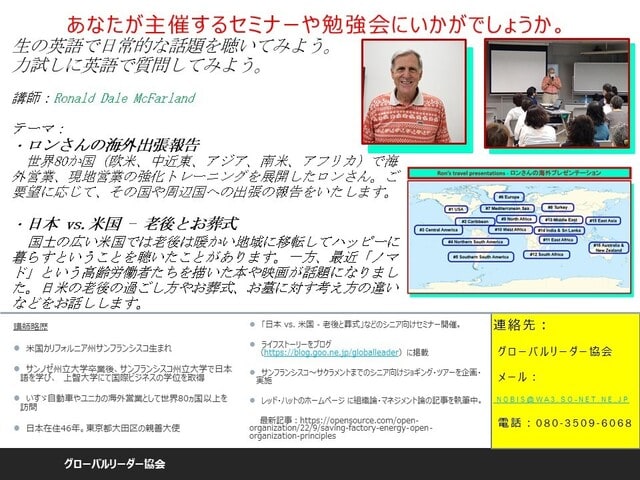
<Webで読めるのに何故「本」を買うのか。本ならではの手触り、漫画と思えない装丁、なりより著者へのリスペクト。(『武蔵野』リイド社、斎藤潤一郎著)>
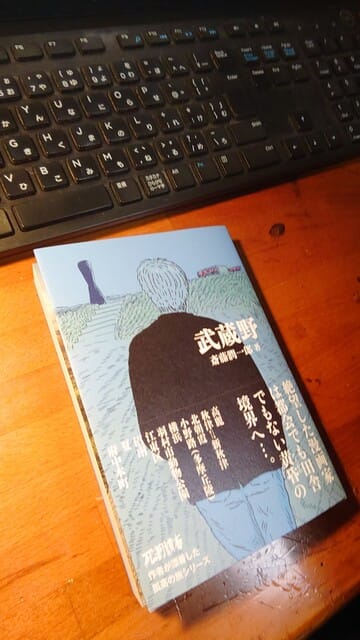
As the subjects in graduate school became more interesting and demanding on my time, after the first year I decided to reverse the process. I changed from a working visa to a student visa. In order to do that, I had to leave the country and process the visa outside Japan. So, I spend two weeks in the Philippines with several of the other students I studied with. We traveled from Baguio City in the north on Luzon Island to Cebu Island in the center of the Philippines all by bus or jeepney, which was a form of taxi in the Philippines.
At that time, my Japanese was good enough so I could go out and generate my own English classes to support myself. Although I only stuck to the business community, my heart was not into teaching English. I always found myself teaching more business in English to businessmen than just English itself. Also, I learned a great deal about how business was run in the respective companies I taught at. I even wrote several papers for graduate school based on what I learned teaching English. So, teaching English achieved several goals.
Much like my undergraduate studies, about 10% of the material learned was helpful throughout my professional career, but that 10% paid for itself hundreds of times over. My studies evolved around the rapidly developing economies in Asia, foreign exchange, foreign investment and different management styles between western businesses and Japanese businesses. Those management differences learned in graduate school were very helpful when I started working for a large, old-fashion, traditional Japanese company.
As I did a lot of the research by interviewing companies in Japanese, I went through the second time of the exhaustion in using daily the Japanese language, as the subject matter was so different from basic living and daily subjects of conversation. I was now talking about growth industries, management decisions and investment strategies. I really had to develop my Japanese vocabulary to discuss those topics.
Ronさんのセミナーいかがですか。苦労の多かったRon-sanの青春時代やキャリア形成の話、特に何故日本に来る決断をしたのか、などを聴いてみたいですね。それとRonさんが楽しみにしている出席者と皆さんとのノミニケーション。
皆さんがおやりになっている勉強会などに出張し講演させていただきます。
ただし、Ronさんが住んでいる東京都大田区から日帰りできるところとさせてください。
もっとも台湾でも日帰りは可能ですが。

<Webで読めるのに何故「本」を買うのか。本ならではの手触り、漫画と思えない装丁、なりより著者へのリスペクト。(『武蔵野』リイド社、斎藤潤一郎著)>















